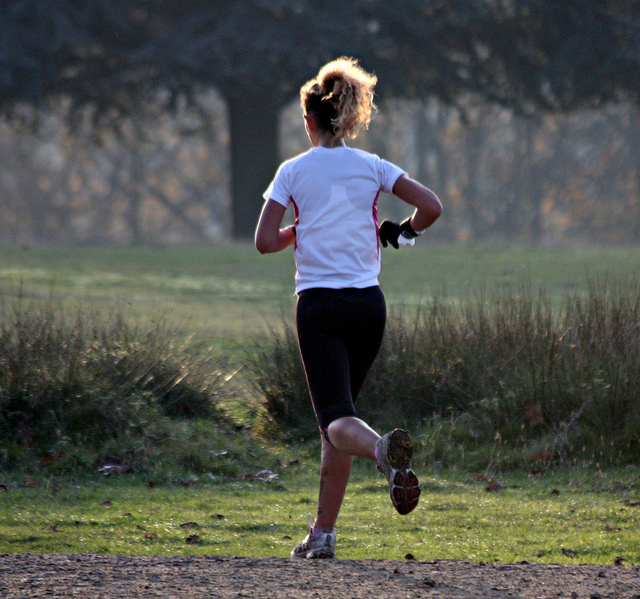 “A global community committed to physical literacy.”
“A global community committed to physical literacy.”
On first sight, this seems an enormous challenge, yet IPLA’s strap line is meant to be simple, sincere and inspirational. The same can be said of physical literacy itself.
In this blog entry, the focus is on ‘simple’ because physical literacy is not meant to be a difficult concept. Yes, it is built on philosophical foundations (this is what makes it so much more than just the latest fad). And, yes, the academics and scholars are debating the concept (and will do so for many years to come). But, at the end of the day, physical literacy is about why people engage in physical activity. Understanding physical literacy should lead to more people being more active throughout their lifecourse, regardless of age, gender, ability, socio-economic class, culture etc.
At the heart of physical literacy is the belief that physical activity is an essential part of human life. It has been identified as the reason why people engage in, or disengage from (or in some cases, never get involved in the first place) physical activity and it’s this aspect which makes physical literacy relevant to every individual, no matter who they are or where they are.
I’m taking it as a given that we think physical activity is good for us (after all, we’re human beings and we’re designed to be active). Yet some people are more active than others. Why is that? Why do some people enjoy physical activity? Why do some people avoid physical activity at all cost? Well, that depends on each individual’s physical literacy.
To be physically active an individual calls on their affective, cognitive and physical domains. They need to be motivated, confident and competent. These elements are entwined and are co-dependent – physical literacy is the blend of these elements. If one or more of the elements is lacking, or lagging behind the other elements (or if we focus solely on one aspect) the capacity to be physically active is affected. If the balance between the elements is just right, the individual forms an emotional attachment to physical activity and a platform for long term participation is established.
Once we appreciate this simple process, it is easier to understand that our physical literacy disposition is going to change, from day to day, from year to year, throughout the life course. From my own point of view, it would be highly satisfying to say I had been physically active all through my life and had taken full advantage of my embodied capacity, but sadly that’s not the case. There was the time when I wasn’t chosen for the team and I reacted badly by sulking and eating chocolate (I was ten years old at the time!) There was the phase when being the parent of a young child made it incredibly difficult to find time for myself. There was the time when someone joked I couldn’t dance, so I’ve never willingly danced in public since! But happily, for me, the positives far outweigh the negatives. I recall unexpected victories on the tennis court; my dad giving me a love of cycling and the sheer exhilaration of my regular early morning swim. The list of positives is long!
Thinking about the highs and lows immediately takes us to the idea of physical literacy being a journey throughout the life course, with twists and turns; setbacks and successes, all playing a part in making that journey exhilarating and worthwhile. The low points can actually turn out to be starting points (or turning points). Physical literacy certainly isn’t a state that can be achieved by the age of seven and then exists from then on. Far from it. It is a roller coaster ride that can stop, start, stutter and flourish from birth through to the very end.
Photo: Gareth Williams

